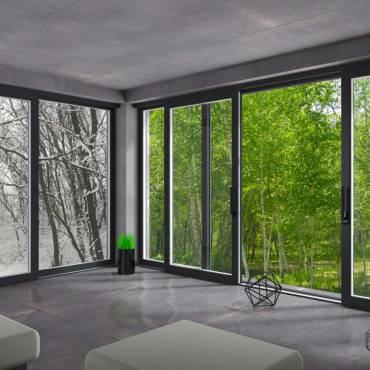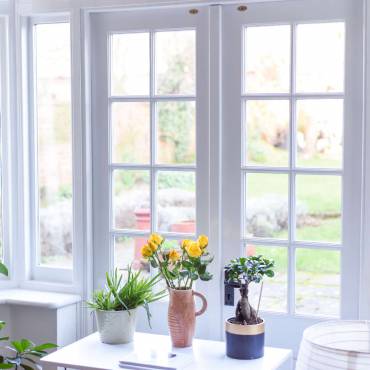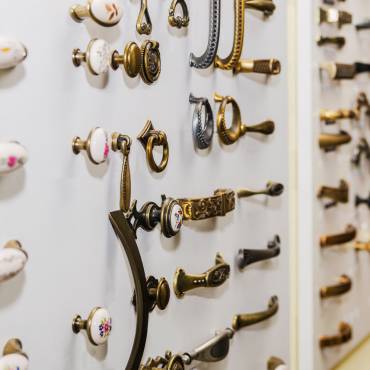With the fate of the planet in our hands and the importance of eco-friendly products, practices and behaviour. It’s no surprise that the newest addition in the fight for saving the planet is the encouragement of buyers to buy sustainable furniture made from sustainable furniture materials. Sustainability aims to produce products that are fully functional and meet the consumers’ needs but have minimal impact on the environment. This applies not only to the furniture materials being used in the creation of products but also the process by which they are being manufactured and additional things like using delivery trucks that can run on bio-diesel. Factories are constructed to be environmentally friendly and energy efficient. Steps are also taken to minimise waste, reduce the use of packaging and use recyclable packaging when needed.
Furniture manufacturers are focusing on eco-friendly materials for furniture production, including, natural products such as bamboo and recycled wood. recycled plastic and metal are now being used in the design and creation of new furniture. This has made a huge impact on reducing the carbon footprint.
Types of sustainable materials
There are many types of sustainable materials available to be used as furniture materials.
- Concrete – Concrete is currently used for everything including floors, kitchen worktops, tables, chairs and sofas. It is especially good for outdoor furniture with its resistance to the weather. It has recently begun to be utilised in eco-housing and sustainable furniture. When it is used for furniture creation, the usual gravel and sand recipe is replaced with fibreglass or steel microfibre. Using concrete sustainable furniture is a must if you want to create an industrial vibe.
- Wood & Veneer – MDF and chipboard have risen in popularity and are eco-friendly materials for furniture production. MDF and chipboard are more sustainable when compared to hardwoods, their use means that fewer trees need to be chopped down and the production methods using these types of materials for furniture use minimal energy. Another benefit is that furniture made from these materials do not warp over time, unlike hardwood. Adding a layer of veneer onto the furniture achieves the look and feel of hardwood.
- Cardboard – Cardboard is a greatly underestimated material, it is now being utilised as a sustainable material for furniture. It is extremely cheap to make and recycle and is easy to work with. Designers have been working with multiple folding in order to increase the strength and durability of the cardboard.
- Bamboo – Bamboo is an extremely resilient material, It grows like a weed, ten times faster than any hardwood. Bamboo is in fact more durable compared to hardwood, it is scratch resistant and unaffected by other signs of wear and tear. Bamboo grows straighter than any other tree which means that it has a higher tensile strength than all types of wood and even steel! Bamboo is becoming the sustainable furniture material of choice and is now being widely used to make chairs, stools, beds and flooring.
- Cork – Amongst its many beneficial properties, cork is one of the most recyclable materials, it is lightweight, a good insulator, waterproof and extremely cost-effective. It was previously popular about 75 years ago, and now it has re-emerged as an eco-friendly furniture material with potential. Cork can be used as a composite material or on its own in a wide variety of products, beds, lamps, tables and kitchen accessories.
- Hemp – As well as being used as sustainable furniture material, hemp is also used for accessories and soft furnishings. Cotton has been the material of choice for many years, however, its production takes a toll on the environment. In comparison, hemp is easy to grow and resistant to the diseases that take such a toll on cotton production. Hemp needs less water and can grow in a range of climates and various soil conditions.
- Wood – Perhaps the most well known of sustainable materials, when the wood is grown and harvested from sustainably managed forests the various species are eco friendly materials for furniture and are fully recyclable.

- Plant fibres – There are several fibres that are grown on organic plantations and that can be used for sustainable furniture materials, stuffing, upholstery and padding.
The most commonly used are:
- Wicker – Wicker is light and sturdy, making it ideal for use as an eco-friendly material for furniture. Its durability means that it is a good choice for outdoor furniture or other furniture that is moved around a lot.
- Rattan –Rattan is an extremely flexible fibre and can be easily worked to produce various outdoor furniture. It can be completely recycled which makes it a sustainable furniture material.
- Cotton –Cotton is widely used in upholstery and stuffing
- Linen – Linen is one of the strongest plant fibres known. It has high tensile strength and low elasticity
- Animal fibres – When sourced from organic farms, animal fibres are another sustainable material that can be utilised for stuffing upholstery and various accessories. Candidates include wool and silk
What are the best sustainable furniture choices?
We are all aware of the importance of recycling and the use of sustainable materials. However, there is so much choice on the market. How do we know what products are the best to choose from? When shopping for types of materials for furniture, the best sustainable furniture material choices are those that have been produced from recycled items, such as salvaged wood, recycled textiles and reused materials, such as wooden pallets. Second-hand furniture is always an excellent choice and natural plant materials like bamboo rattan, seagrasses and linen.






